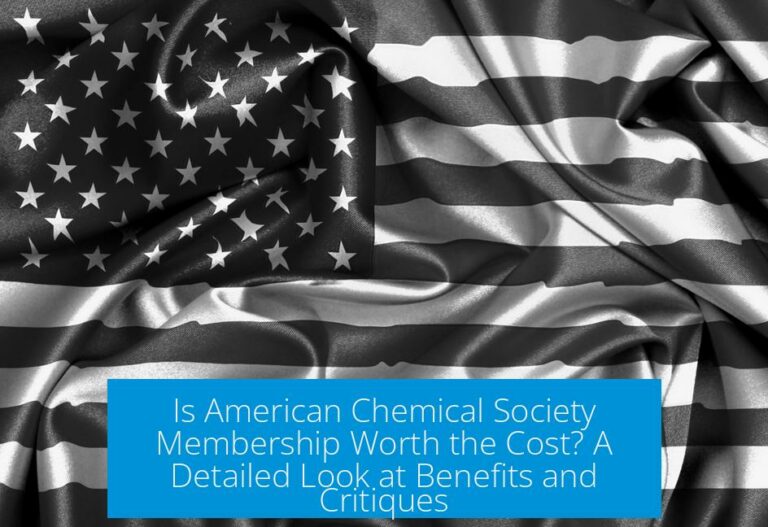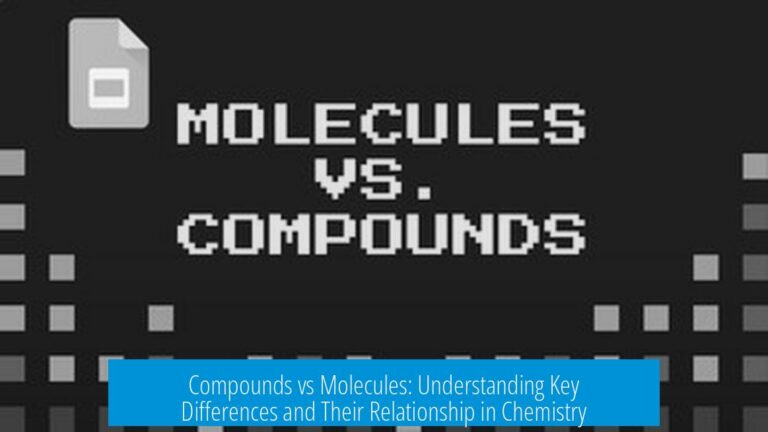What Is in the Mist/Smoke from a Glycerin Mist Toy?
The mist or smoke emitted by a glycerin mist toy primarily consists of tiny droplets of vegetable glycerin. These droplets are suspended in the air, similar to the fog produced by fog machines or the vapor generated by vaping devices.
Composition of the Mist
The mist contains minuscule droplets of vegetable glycerin, which is the same substance used in fog machines and e-cigarette vapors. These droplets form when the toy uses heat, pressure, or electrical charges to atomize glycerin into fine particles.
- Droplets carry weak negative static charges, preventing them from coalescing immediately.
- Charges cause the droplets to repel each other, allowing small particles to float suspended for minutes.
- The droplets are lightweight and small enough to stay airborne, mimicking fog or smoke appearance.
Physical and Chemical Properties of Glycerin Mist
Glycerin has unique properties that influence how the mist behaves after being released into the air.
- Humectant Feature: Glycerin absorbs ambient water vapor. This leads to droplets growing larger over time.
- The increase in droplet size decreases the effectiveness of the static repulsion, causing droplets to merge.
- Droplets eventually settle on nearby surfaces, creating thin, wet layers of liquid glycerin.
Surface Interaction and Potential Corrosion
Repeated exposure to glycerin mist can impact indoor surfaces, especially electronics.
- The liquid glycerin film attracts dust, airborne microbes, and salts.
- Microbial populations consume glycerin, fermenting it into acidic metabolites.
- This process creates a slightly acidic, gritty residue on surfaces.
- Over time, the combined moisture and acidic conditions can lead to corrosion, particularly on electronic components.
However, the corrosive effect depends on the total volume and frequency of exposure.
- Limited usage results in minimal risk, as environmental microbes metabolize glycerin into carbon dioxide within days.
- Frequent or high-volume exposure may increase residue accumulation and corrosion risks.
Comparison with Other Mist-Producing Devices
Glycerin mist toys are similar to fog machines and vape devices in mist composition and mechanism, but differ in scale and potential exposure amount.
- Functionally comparable to blowing bubbles into milkshakes, where tiny liquid droplets stay suspended temporarily.
- Amount of glycerin mist emitted indoors is often minimal, roughly equivalent to a single vape inhalation.
- Minimal vapor output generally poses low risk for indoor use if exposure is controlled.
User Experience and Device Issues
Some users report continuous vapor emission and unpleasant burnt odors linked to malfunctioning devices.
- Persistent mist after device switch-off indicates possible mechanical or electrical failure.
- Burnt smell, resembling burnt vape cotton, suggests overheating or combustion inside the device.
- Such issues require contacting the manufacturer for repair or replacement.
Guidance for Use and Maintenance
Proper use of glycerin mist toys can reduce risks and ensure safety.
- Refill bottles provided with the toy can be reused; users inquire about sourcing pure vegetable glycerin for refills.
- Using glycerin liquid in bulk requires ensuring food-grade or pharmaceutical-grade quality to prevent impurities.
- Outdoor use is recommended to avoid accumulation of glycerin residues indoors, especially around sensitive equipment.
Summary Table: Key Properties and Concerns of Glycerin Mist
| Aspect | Description |
|---|---|
| Mist Composition | Fine vegetable glycerin droplets carrying slight negative static charge |
| Droplet Behavior | Absorbs moisture, grows larger, eventually forms liquid layer on surfaces |
| Surface Impact | Attracts dust, microbes, salts; microbial fermentation creates acidic residue |
| Corrosion Risk | Possible if usage is frequent; minimal if exposure is limited |
| Indoor Use | Generally safe in moderation; vapor output comparable to single vape hit |
| Device Issues | Continuous vapor or burnt smell indicates malfunction |
Key Takeaways
- Glycerin mist toys produce aerosolized vegetable glycerin droplets with slight negative static charge.
- Glycerin acts as a humectant, absorbing moisture and causing droplet growth and surface deposition.
- Deposited glycerin layers attract dust and microbes, leading to acidic residue and potential surface corrosion.
- Limited use keeps corrosion risk low; microbes degrade glycerin over days.
- Vapor output indoors is minimal and generally safe, comparable to one vape hit.
- Persistent vapor or burnt smell suggests malfunction requiring manufacturer contact.
- Outdoor use and proper maintenance help minimize indoor residue buildup.





Leave a Comment